Growing up in Gaza
Finding joy and constraints in one of the most populated areas on earth

(Editor’s note: MCC’s director of strategic planning Alain Epp Weaver lived in and worked with MCC in the Gaza Strip in the 1990s. Here, he reflects on the joy and constraints that youth growing up in this area experience, sharing memories from his service there and from a recent trip to visit MCC programs and partners.)
The Gaza Strip is a place of joy—a place of welcoming homes, exuberant children, beautiful views and culinary delights. This glowing assessment of Gaza’s charms may seem surprising, given the words about and images from Gaza one typically finds in the media, from rampant poverty to destroyed homes to trauma from repeated rounds of bombardment by the Israeli military. Such media depictions convey truths about Gaza, but they miss the pulsing joy, warm hospitality and passion that I routinely encountered during the two years in the 1990s that my family and I lived in Gaza with MCC.

I rediscovered Gaza’s beauty and joy earlier this year on an MCC work trip to meet with Palestinian organizations dedicated to equipping young people for lives of leadership and creativity.
My partner Sonia and I first moved to Gaza in summer 1995. It was a time of optimism, with the Oslo peace accords between Israel and the Palestine Liberation Organization (PLO) having led to the establishment of the Palestinian Authority in parts of the occupied Palestinian territories, including parts of the Gaza Strip.
Gazans who had been subjected to nightly curfews by the Israeli military could now enjoy evenings at the beach and the municipal park along Gaza City’s main thoroughfare, Omar al-Mukhtar Street. Gaza’s Orthodox, Catholic and Baptist congregations could now hold evening events. Sonia and I loved taking our toddler son and infant daughter out in the evening to “smell the air,” as the Arabic saying goes, picking up falafel sandwiches and scoops of ice cream and watching our son clamber in the playground.
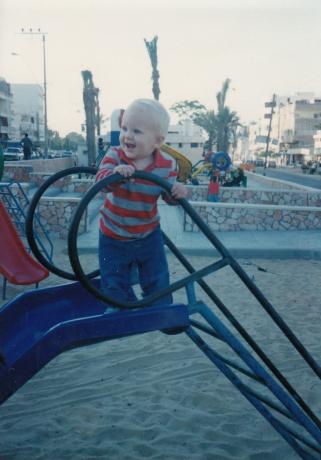
After that initial year of exploring partnerships for MCC in Gaza, we returned for another year of MCC work in Gaza in 1999. By then, drastically fewer Palestinians were allowed out of Gaza. The peace process’s initial glow had long since faded. The dreams of some Palestinian leaders of Gaza becoming an economic power like Singapore had evaporated, as Israel’s economic blockade on Gaza started to take shape.
While the political and economic context was increasingly grim, my memories from that year are primarily ones of Gazans’ hospitality, creativity and joy—Christmas Mass at Gaza’s Catholic church, a barbecue with friends who cooked chicken in a covered pit, and a raucous party at our home to ring in the year 2000 with two Palestinian families with children our children’s age.
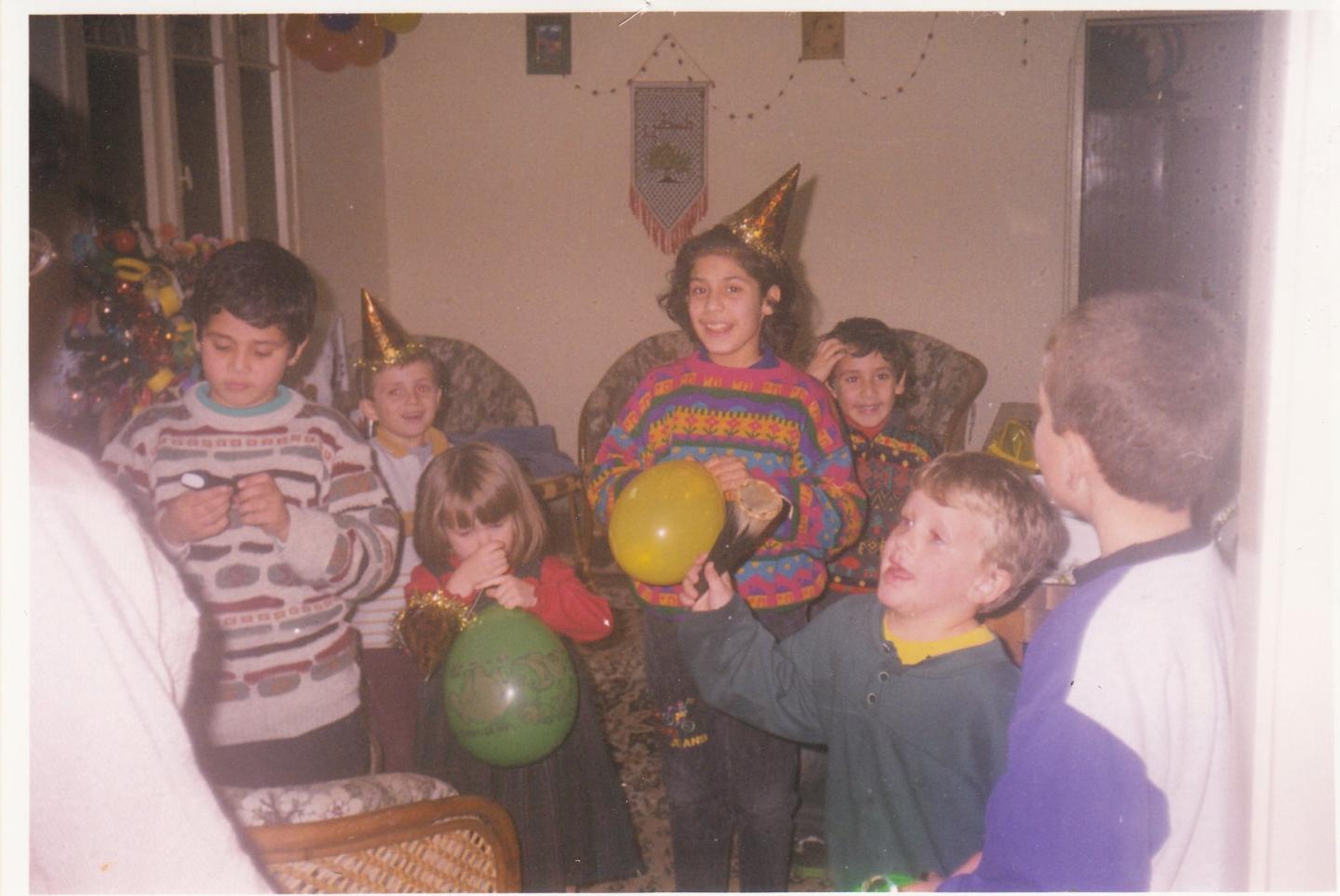
In the two decades since we moved from Gaza, the material conditions in Gaza have undeniably deteriorated. Gaza’s two million inhabitants are enclosed within the Strip’s 141 square miles (365 square kilometers), surrounded by a tight Israeli military blockade that strictly controls the movement of people and goods into and out of the Gaza Strip. Entering the Gaza Strip today is to enter what multiple human rights groups have called the world’s largest open-air prison.
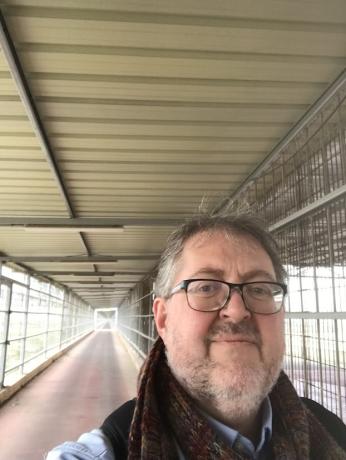
The unemployment rate in Gaza runs close to 50%. The past 15 years have witnessed multiple rounds of Israeli aerial bombardment of the Gaza Strip and Palestinian militants firing makeshift rockets towards Israel. Israeli military action has killed over 5,300 Gazans since 2008 (over 1,000 of whom were children) and has left thousands of Gaza families homeless.
The Gaza Strip is much younger than most parts of the world. While the global median age is 30 years old, in Gaza it is 18, and while 25% of the world’s population is under 14, in Gaza it is 42%. Many schools in Gaza run a morning and an evening shift to accommodate the number of students.
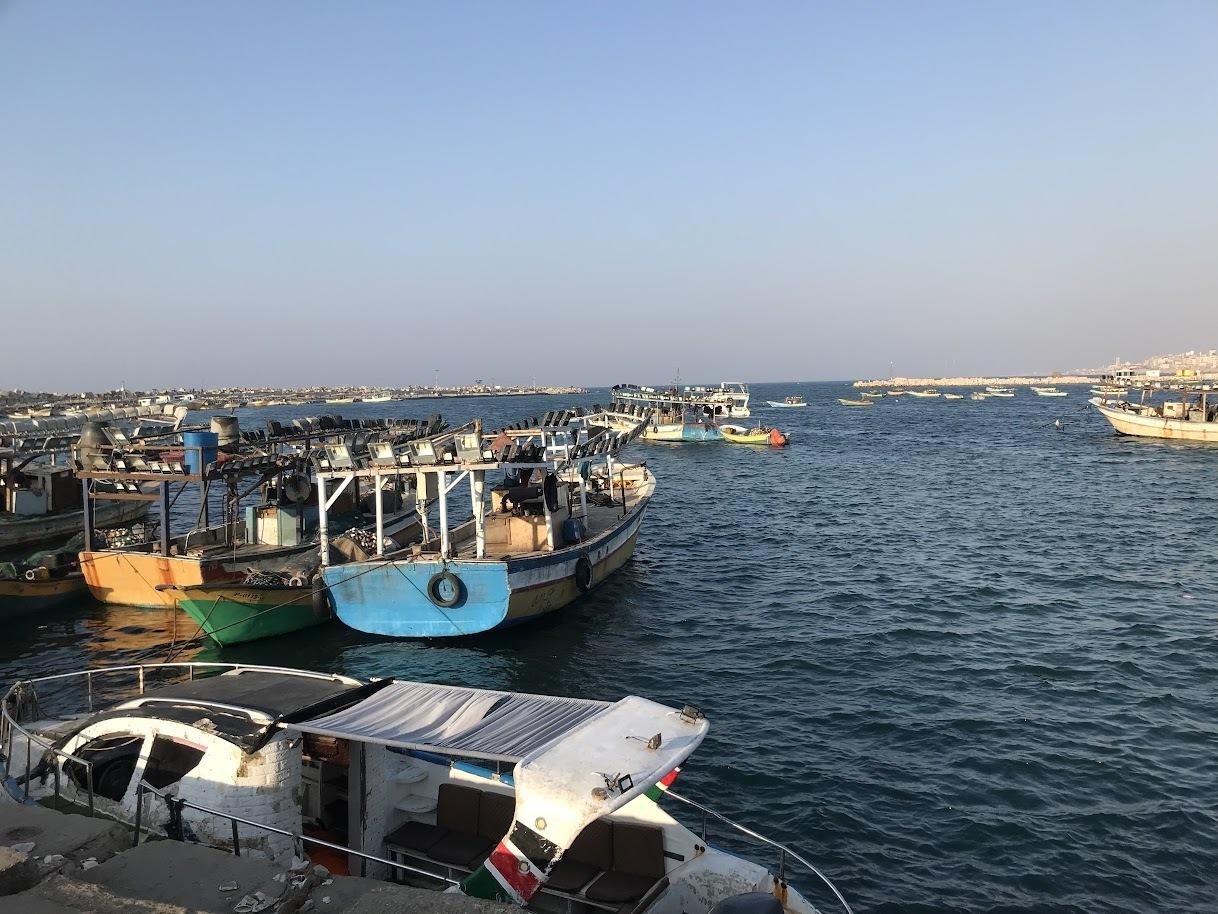
In many ways, children in the Gaza Strip have severely constrained futures. Their opportunities to leave Gaza—to pray in Jerusalem, to study outside of Gaza, to visit the sites of villages from which their families were uprooted in 1948—are practically nonexistent. Their economic prospects for adulthood are precarious. Growing up with the apprehension of bombs dropping on one’s city, refugee camp or town exacts a psychological toll.
These realities shaping Gaza childhoods are stark and sobering. Yet I was heartened on my January visit to Gaza to see the joy that my memory associates with Gaza.
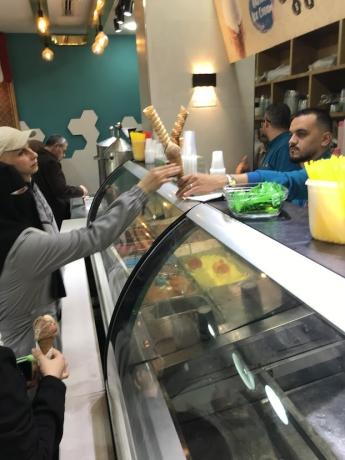
That joy was on display among families out for evening strolls in the park and along the port and in parents lining up with their children to get falafel sandwiches and ice cream.
Joy danced in the voices of the teenagers and young men in the electricity and motor rewinding vocational training course operated by MCC’s partner, the Near East Council of Churches (NECC), in Qarrara village, as they shared about their hopes and dreams.
Taking part in the training course significantly improves their economic prospects. Of 29 positions advertised in 2022 by Gaza’s main electricity company, 22 were filled by NECC training course graduates.

And joy shone across Amasy Megdad’s face as she spoke with pride about how she has served for the last four years as one of the children entrusted with leading MCC-supported summer camps in Khan Younis organized by the Culture and Free Thought Association.

While CFTA staff are present and available to support these camps, girls like Amasy work together to set the camps’ themes, activities, menu and more.
“We learn through our play, and we learn to think critically,” Amasy shared, echoing what I heard from other child leaders. Through the camps, they said, they learn to use their creativity to identify the challenges facing their neighborhoods and city and to discern how they can mobilize to address them.
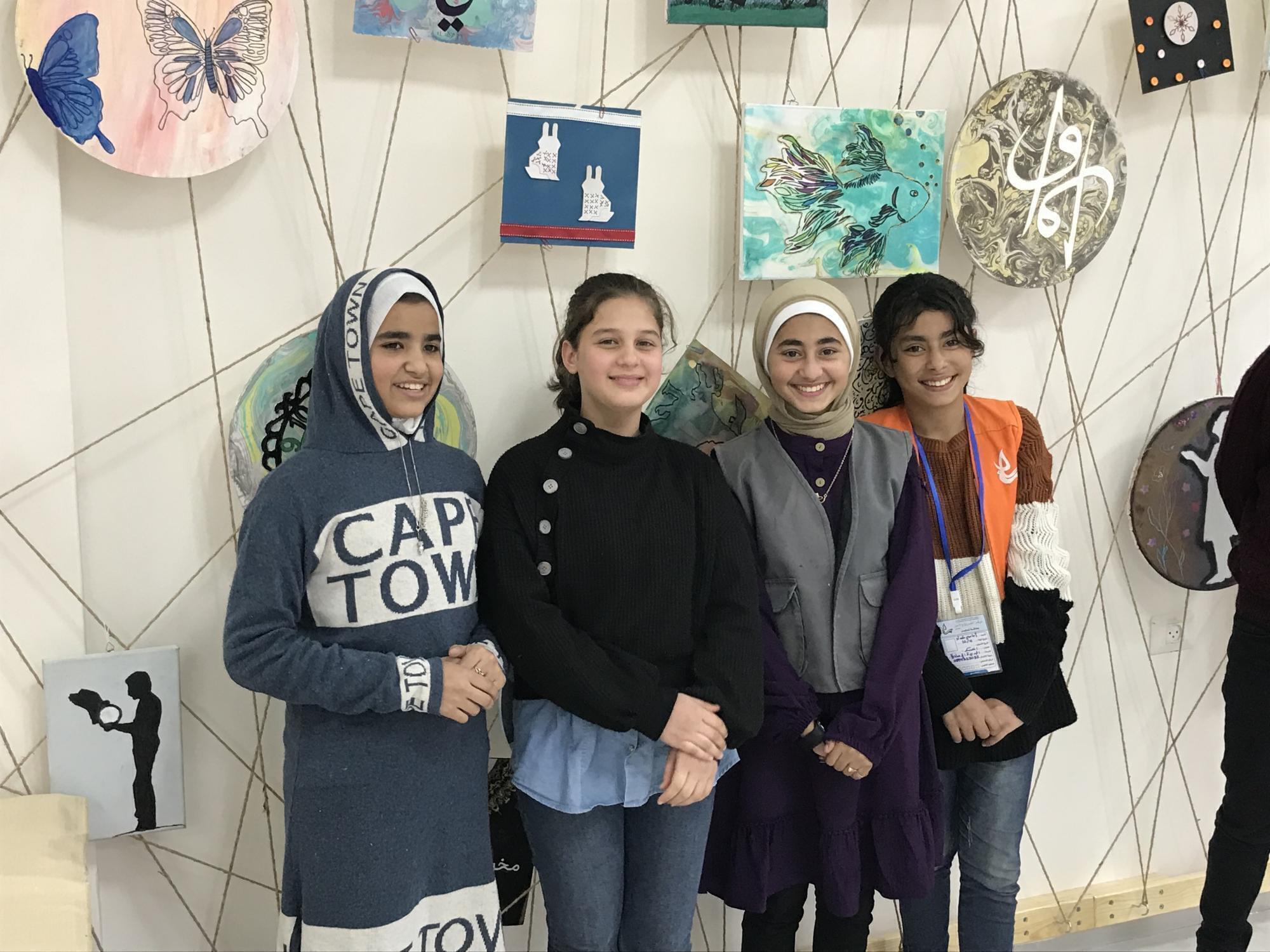
“The solution comes from within,” CFTA communications director Majeda al-Saqqa told me, describing CFTA’s focus on empowering children, youth and women to take on active roles in shaping their society.
Powerful military, economic and social forces threaten to strip away agency from Gazans young and old. Yet despite these forces, Gazans find creative ways to shape their futures and to express their joy in working for the good of their families and communities. MCC is privileged to walk alongside groups like NECC and CFTA as they nurture Gazan joy.
Alain Epp Weaver directs strategic planning for MCC. He lives in Lancaster, Pennsylvania, and is the author of Inhabiting the Land: Thinking Theologically about the Palestinian-Israeli Conflict (Cascade, 2018).

